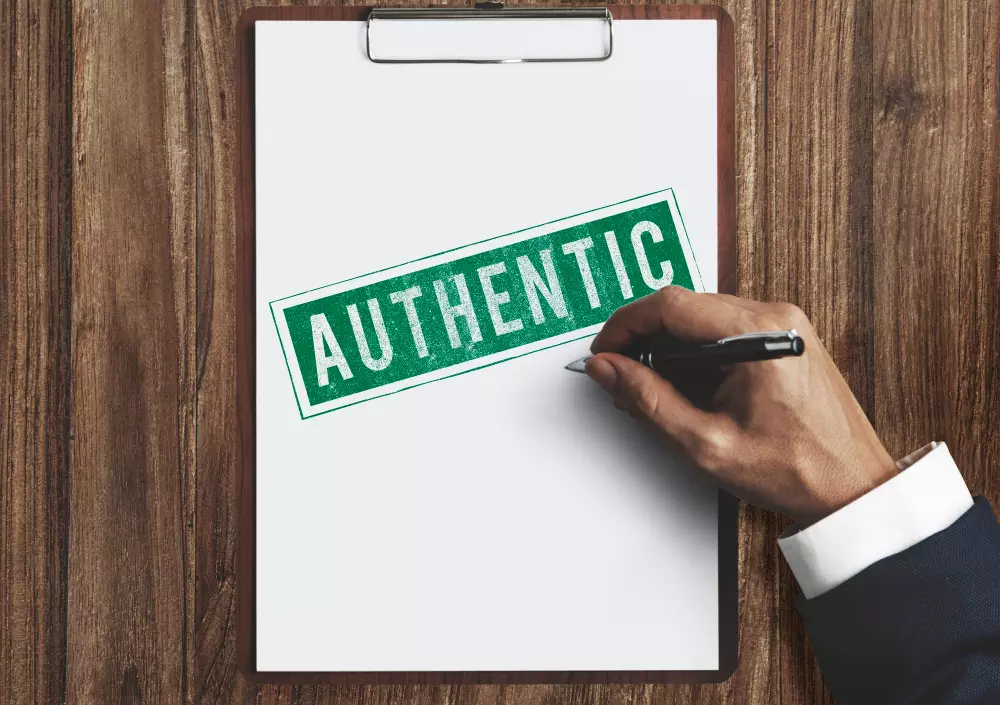However, the unsung role is at the heart of any nonprofit organization: the nonprofit copywriter. The power of a pen carves out compelling stories, bridging the difference between a donor’s intention and action. Good nonprofit copywriting has little to do with mere communication; instead, it creates persuasive stories that touch an emotional chord and elicit donations, building long-lasting relationships.
Whether you’re an experienced copywriter, part of the fundraising team, or a marketer offering freelance services, knowing the dynamics of impactful copywriting can make your campaign more appealing and give a louder voice to your brand. Jump into our essential tips, which will help to transform your words into a powerful donor magnet.
Telling A Story That Echoes

The difference that nonprofit copywriting can make in donor engagement is transforming generic messages into compelling stories. Here is how:
- Human Interest Element: The story of a person or a community is behind each appeal of every campaign. It is your job as a nonprofit copywriter to bring that story to the front. The human interest element will make your nonprofit organization more of a cause than a name with a face and a heartbeat. It’s about telling those tales that make fundraising a necessity and a moral imperative.
- High Contrast: Engage donors with descriptive language that tells a story as if it’s real. Copywriting has the power to paint scenes in their minds, making the donation need much more accurate and urgent. If done right, this might be one of the most significant ways to move your campaign to the moment when an offer to support you is simply too good to resist.
- Emotional Storytelling: Bring into real life the challenges and successes of the people you serve. Every story about a donation should be an emotional journey, taking him through the struggles and their resilience, to ultimately what triumph one can make possible because of their donation. Good copywriting brings the outcomes of gifts, so it tends to call out emotions and call people to a meaningful connection with the cause.
That is, integrate all these into your nonprofit’s copywriting strategy to create something more than content-harmonious connections that incite action and catalyze a loyal community of supporters.
Using Empathy As Your North Star

Effective nonprofit copywriting hinges on a deep, empathetic understanding of both whom you’re helping and who is giving the help. Here’s how to use empathy to guide your communications:
- Know Your Audience: Tailor your messages by understanding the Jumprse segments within your donor base. Does your content resonate with busy, digitally savvy professionals or community-focused seniors? Each requires a distinct tone, style, and medium approach, whether a brisk fundraising email or a detailed newsletter. Segmenting your audience ensures that your nonprofit’s message hits home every time.
- Acknowledge Their Contribution: When donors understand the significant impact of their contributions, they see themselves as heroes in your nonprofit storytelling. Use compelling fundraising appeals and engaging content in emails or direct mail to celebrate their role in your mission. This boosts renewal rates and deepens their commitment to your cause.
By centering empathy in your marketing strategy, you transform standard nonprofit communications into powerful narratives that compel action. Remember, when you make donors feel essential to your nonprofit’s success, you’re raising funds and building a community. This approach doesn’t just attract donors; it retains them, making each fundraising letter an invitation to continue their philanthropic journey.
Being Clear, Authentic, And Jargon-Free

The heart of nonprofit copywriting is not just to appeal but to connect. To attract and engage, your words must be the honest voice of your brand. Here’s how to keep it accurate and resonate with donors:
- Authenticity: Your communication should reflect the authentic voice of your nonprofit organization. When donors read it, they should feel like they’re hearing from a trusted friend. An excellent nonprofit copywriter infuses authenticity into every fundraising campaign, creating a persuasive narrative that epitomizes your brand’s values and mission.
- Simplicity: Choose clarity over complex language. Your message should be easily understood by anyone who comes across your appeal. Complicated jargon can alienate potential supporters, so keep it simple. A freelance copywriter skilled in nonprofit work knows the power of plain language to explain even the most intricate programs in terms donors can grasp.
- Precision: Detail how each donation is utilized. Donors want to know that their contribution is making an impact. Effective copywriting communicates this precisely, assuring donors their support is vital and valued.
Remember, your goal as a nonprofit copywriter is to create clear, authentic, and jargon-free messages that leave no room for guesswork. When you master the art of simplicity and precision in your marketing, you don’t just inform — you inspire action.
Evoking Visuals With Your Words

Masterful nonprofit copywriting is about painting a picture so vivid the reader can’t help but be drawn into the narrative. Transform your fundraising letters and digital campaigns into an experience with the following techniques:
- Use Sensory Language: Incorporate the five senses to craft an authentic experience. A top-tier copywriter knows to “start writing” with words that almost let donors touch, taste, see, hear, and smell the change they can make. “The warmth of the blanket you’ve provided” or “the laughter of children now safe at play” can be more persuasive than statistics alone.
- Create Contrast: Draw a powerful before-and-after image to showcase your nonprofit’s impact. Organizations need skilled copywriters to help potential supporters visualize the transformation their donations can bring about. “From drought to thriving gardens, your contribution breathes life back into the community.”
By employing these nonprofit copywriting techniques, you’ll motivate and inspire action. Whether it’s an appeal in an inbox or a narrative on your blog or website, the right words can act as a compelling call to action. Freelance nonprofit copywriters are experts at striking this delicate balance of creating evocative visuals that spark the imagination and drive conversions—ensuring your message resonates and renews the commitment to your cause.
Keeping It Actionable And Urgent

In nonprofit copywriting, the call to action (CTA) isn’t just a button or a line—it’s the beating heart of your appeal. Making your CTAs compelling and starkly noticeable is what turns readers into doers. Here’s how to ignite the fuse of urgency in your fundraising efforts:
- Call to Action (CTA): Every communication, from email marketing to campaign flyers, should have a clear, persuasive CTA. It’s about crafting a message so potent donors feel compelled to act now. Use active language that inspires immediate response: “Join us today,” “Donate now,” and make sure your CTA stands out visually in every appeal.
- Urgency: To make your message resonate, emphasize the immediacy of the need. Phrases like “urgent,” “critical,” and “time-sensitive” should underscore your fundraising appeals. Connect the dots between immediate action and impact. Tell donors exactly what their donation will do right now. Will it feed a family tonight? Save an endangered animal this week?
Nonprofit copywriters bridge your organization’s noble cause and the donor’s willingness to support it. The art of persuasive copywriting lies in making every word count toward cultivating a sense of urgency and making every call to action too compelling to ignore. Your donors must feel the brand’s passion and understand their immediate contribution is crucial to your nonprofit organization’s ongoing campaign. This actionable urgency will ultimately attract more support and make your communication efforts successful.
Engaging With Gratitude And Optimism
Expressing heartfelt Thankfulness and robust Hopefulness are good manners and powerful nonprofit copywriting strategies. Let’s break down how gratitude and optimism can elevate your outreach:
- Thankfulness: Gratitude turns one-time donors into lifelong supporters. Every fundraising letter, email marketing message, and digital copy should resonate with genuine appreciation. “Thank you for your support” isn’t just a polite sign-off—it’s a recognition of your donor’s crucial role in your mission. Highlight their contribution prominently, making them the hero of your nonprofit’s story.
- Hopefulness: Every nonprofit is a beacon of hope. Your newsletters, web copy, and fundraising appeals should reflect your efforts’ positive outcomes and successes. Showcase real stories of change—how donations have directly impacted your cause. This not only demonstrates the effectiveness of your organization but also inspires continued support. Hope sparks action.
The essence of compelling nonprofit copywriting lies in weaving narratives that stir deep emotions—gratitude and optimism are your allies here. Remember:
- Nonprofits need skilled copywriters to craft messages that resonate.
- Effective communication is about thanking donors genuinely and showcasing optimistic outcomes.
- Techniques like storytelling, engagement through gratitude, and focusing on the bright future ahead are crucial.
Nonprofit copywriting is more than just a job description; it’s about creating connections, inspiring action, and making a tangible difference. By incorporating these strategies into your content writing, from email marketing to grant writing, you’ll attract and retain donors, drive meaningful engagement, and cultivate a community motivated to support your cause daily.
